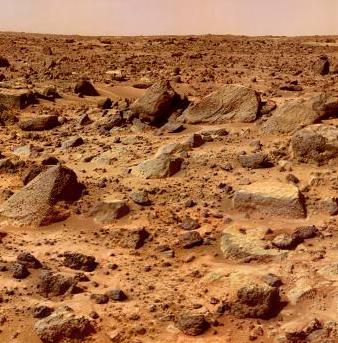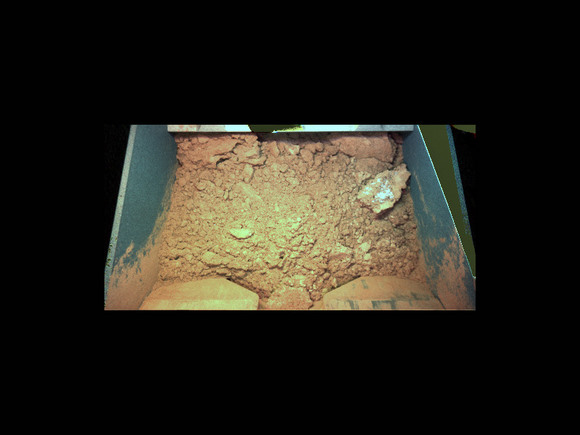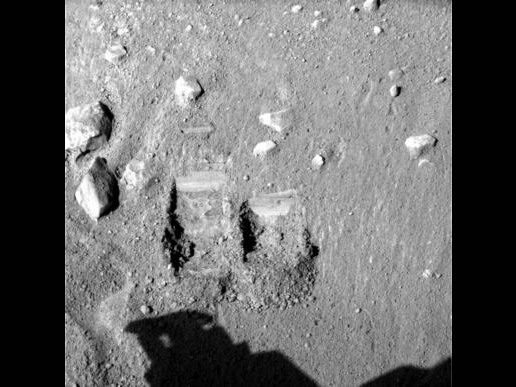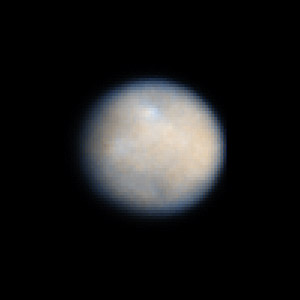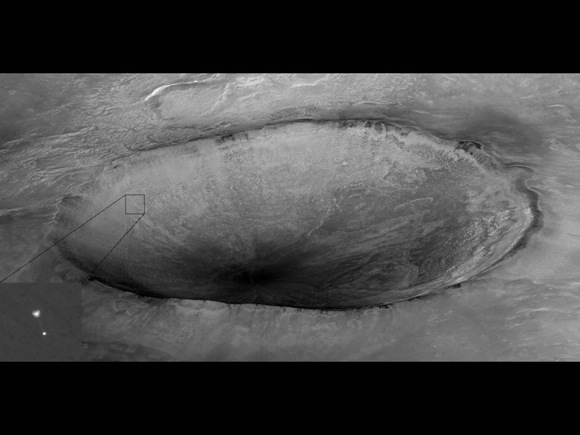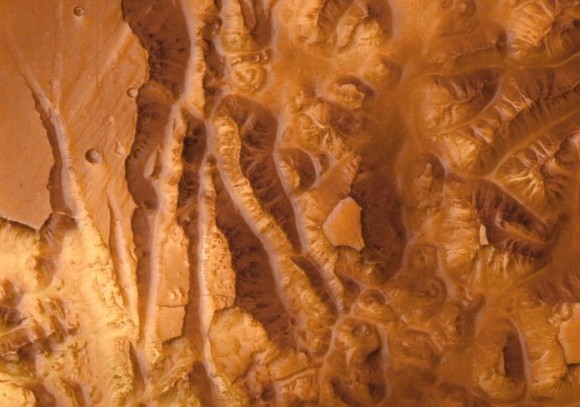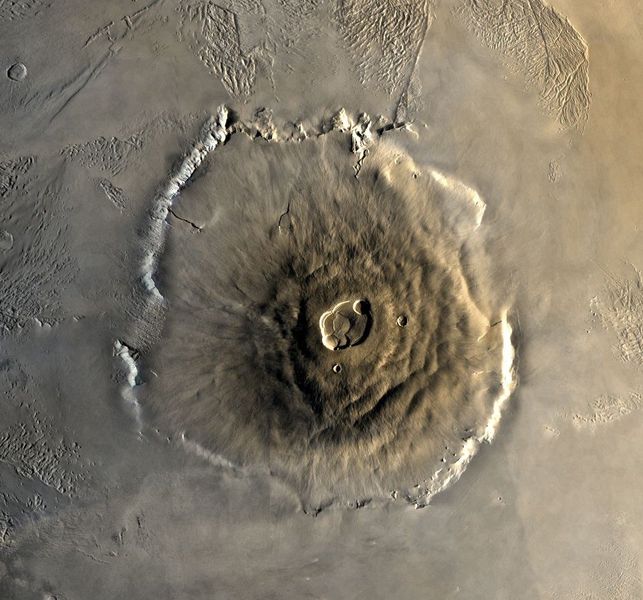Mars rotation is 24 hours, 39 minutes, and 35 seconds if you are interested in the solar day or 24 hours, 37 minutes and 22 seconds for the sidereal day. Since the planet only rotates about 40 minutes slower than Earth, this is one category where the two planets are not very different. Mars, like all of the planets except Venus, rotates in prograde(counter clockwise). The planet has a rotational speed of 868.22 km/h at the equator. The similarity if the length of the day allows the engineers as NASA to switch their day to a ”Mars day” when they are working with rovers on the planet. This maximizes their time with the equipment, but drastically changes their actual Earth schedule. They end up working an ever changing day as the Martian/Earth day difference accumulates.
Mars is a well studied planet. As a matter of fact, it is the best understood planet in our Solar System other than our own. There are currently(July 2011) 6 missions either in orbit or on the planet’s surface. With all of the data accumulated, Mars rotation is only one of thousands of facts known about the planet. Here are a few more.
Multiple missions to Mars have found evidence of water ice and carbon dioxide ice under the planet’s surface. How do scientists know the difference? When the ice is exposed to the Martian atmosphere, carbon dioxide ice(dry ice) will melt and vaporize quickly, in one day or less. Water ice will take up to four days. The other way is to heat a sample in one of the tiny ovens aboard a rover. The spectrometer on the rover will then be able to detect H2O in the gases that the sample releases.
Mars has a reddish appearance because it is covered in rust. Well, iron oxide dust. That dust is every where. Mars has large dust storms that can sometimes cover the entire planet, so that dust is in the air as well. During global dust storms it is impossible to optical observe the surface.
Mars has not had plate tectonics for billions of years, if ever. The lack of plate movement allowed volcanic hotspots to spew magma onto the surface for millions of consecutive years. Because of these uninterrupted eruptions, there are many large volcanic mountains on Mars. Olympus Mons, on Mars, is the largest mountain in the Solar System.
Those are just a few teaser facts. I wish I had more space to keep going, but we have hundreds of more articles about Mars here on Universe Today and do not forget to check out NASA’s website. Good luck with your research.
Here’s an article about how crater impacts measure the ancient equator of Mars. How long is a day on Mars?
Enjoy some Mars facts from NASA, and Hubblesite’s News Releases about Mars.
Finally, if you’d like to learn more about Mars in general, we have done several podcast episodes about the Red Planet at Astronomy Cast. Episode 52: Mars, and Episode 91: The Search for Water on Mars.
Source: NASA



